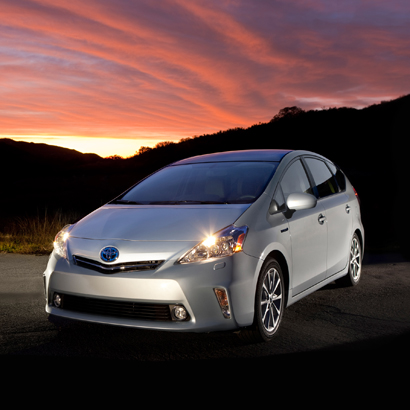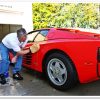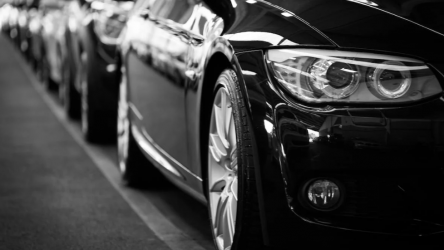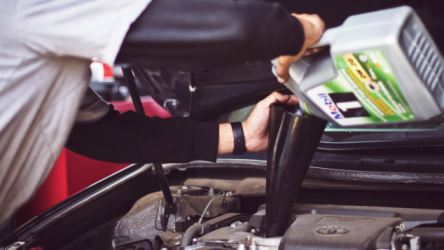
In 1905, Mr. H. Piper applied for the first patent for a diesel engine paired with an electric motor. Today, classic automobiles run on gasoline or diesel with a combustion engine, but it’s time to rethink these traditional cars. Any doubts held about hybrid and electric cars dissipate on learning about all the technology and precautions that went into their development. When the misconceptions about hybrids are disproved, it is easy to see that there are many ways to save energy while barely noticing the change.

Myth 1: Hybrids Are A New Phenomenon
Not true! In 1900, Ferdinand Porsche produced the original gas and electric hybrid prototypes — American engineer H. Piper filed the first patent for the hybrid vehicle in 1905. Early inventors experimented with a variety of gas versus steam engines, along with electric motors. However, due to convenience, gas was preferred, as the technology at the time was superior for the customer. Concerns over the effects on environment, renewable and sustainable energies were non-existent.
Myth 2: The Batteries Do Not Last
Electric car batteries are designed to last at least 10 years and over 160,000km. Some cars in Europe are already approaching their 10th year on the road. Manufacturers use this experience to ensure that new lithium batteries meet expectations. Even some traditional batteries don’t make it to the 10 year mark.
Myth 3: Technology Is Too Complex
A modern electric car has only five main moving parts compared to a hundred in a combustion engine. Moreover, it is not necessary to pay regular visits to the garage, since there is no oil to drain or filter replacement. Even the brake pads last 2 or 3 times longer (most electric cars use a regenerative braking system that stores energy otherwise lost during braking). The first recommended maintenance for an electric car is around 65,000 kilometres, just to replace the brake pads. Eventually, wipers and tyres will also need replacing.
The Hybrid Is Not A Pleasurable Driving Experience
On the contrary, the steering feel is improved. With the electric motor, for example, acceleration is immediate, in contrast to the combustion engine which always has a small offset. In addition, both engines can work together to provide maximum power. Finally, the noise is reduced, especially at low speeds, as the engine is silent.
Myth 4: The Infrastructure Must Exist First
Based on the experience in twenty European cities, the best way to deploy electric cars is to roll them out first and then add the infrastructure. Indeed, if there are no hybrid cars using these charging stations and the parking dedicated to them, people will see them as a waste.
Myth 5: Rapid Refills Will Accelerate Wear On Batteries
Lithium prismatic batteries are designed to meet the demands of fast charging. The key is to manage the battery temperature during charging. Also, limiting fast charging between 0 and 80% of the total capacity of the battery extends its life. 95% of the distance travelled by all electric cars will account for a refill done at night, outside of peak consumption when electricity is cheaper and there is less strain on the network. The fast charging stations will be there to reassure the few drivers of electric cars who will drive over 150 miles a day.
Erin Warbrook is a freelance writer from Perth, WA. She loves her hybrid Camry from New Town Toyota.






